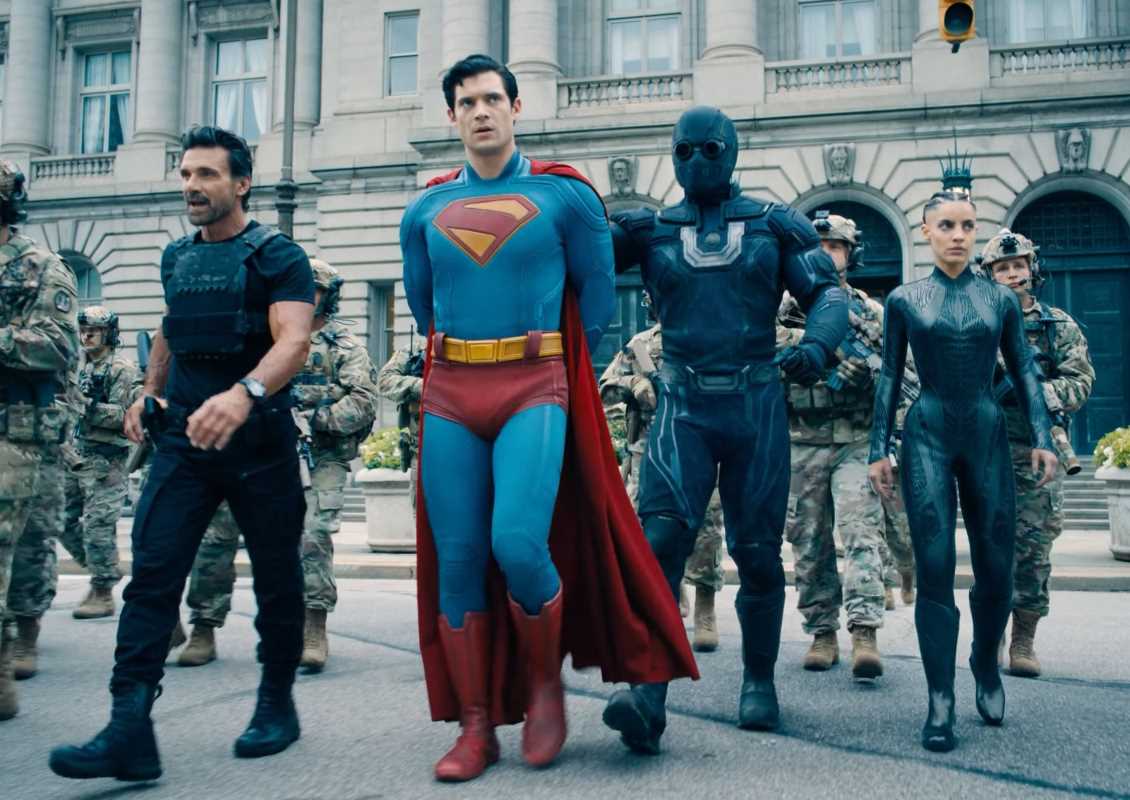For years, the media has played a significant role in shaping society's perceptions of gender, identity, and inclusion. However, when it comes to representing transgender individuals, the mainstream media has often fallen short. Historically, transgender characters were either ignored or portrayed in ways that perpetuated harmful stereotypes. But in recent years, we’ve seen significant strides toward better representation.
Modern TV shows, films, and other forms of media are beginning to tell more nuanced, empathetic stories about transgender people. These portrayals are helping to challenge biases, open up conversations, and inspire understanding. Despite the progress, there’s still a long way to go to achieve true equality and inclusivity on screen. What does the current landscape look like for transgender representation in media, and why does it matter? Let's take a closer look.
The Negative Stereotypes of the Past
Before we discuss current progress, it’s important to reflect on where media representation of transgender characters began. For decades, the portrayal of transgender people in film and television either misrepresented their experiences or ignored their existence altogether.
Misrepresentation and Mockery
Historically, transgender characters were often reduced to comedic relief. TV shows and movies would use their identities as punchlines, portraying them in exaggerated, demeaning ways. These portrayals, often made for the amusement of cisgender audiences, ignored the realities of transgender individuals and perpetuated misunderstanding.
An example of this can be seen in older films where transgender women were often depicted as deceivers. These portrayals leaned heavily into harmful tropes, reinforcing the dangerous misconception that transgender people’s identities are inherently dishonest.
Tragic and Villainous Depictions
Another common trope involved linking transgender characters to tragedy or villainy. They were often portrayed as being deeply unhappy, mentally unstable, or emotionally broken simply because of their identities. Films like The Silence of the Lambs reinforced these narratives, painting transgender identity as something that was sinister or abnormal.
Such portrayals contributed to widespread stigma, leaving audiences with a skewed and often harmful understanding of what it means to be transgender.
The Turning Point for Representation
While early depictions caused harm, media representation began to shift in the early 21st century as conversations about transgender issues grew louder. Advocacy from the transgender community, along with shifts in public attitudes, forced media creators to reexamine their storytelling.
Groundbreaking Shows and Films
The introduction of TV shows and films with transgender characters portrayed with empathy and authenticity marked a turning point. Shows like Orange Is the New Black and Transparent brought transgender stories into the mainstream, with characters who felt multidimensional, human, and relatable.
For instance, Orange Is the New Black introduced audiences to Sophia Burset, played by Laverne Cox. Sophia’s struggles with family, finances, and being a transgender woman in prison provided a narrative audiences hadn’t seen before in a mainstream series. This performance humanized the transgender experience for many viewers.
Meanwhile, Transparent explored themes of coming out later in life through its central character, Maura Pfefferman. While the show faced critiques for casting a cisgender actor as Maura, it broke ground in bringing the nuanced struggles of a transgender parent to mainstream audiences.
Transgender Actors Taking the Lead
Another notable shift during this time was the rising visibility of transgender actors in media. Laverne Cox became one of the first openly transgender actors to receive wide acclaim in Hollywood, paving the way for others. She used her platform to advocate for better representation, showing the importance of hiring transgender individuals to tell their own stories.
Why Representation Matters
Representation isn’t just about seeing transgender characters on screen; it’s about portraying them in ways that feel authentic, complex, and respectful. When done right, it has far-reaching positive effects.
Normalizing Transgender Experiences
For many viewers, media is their primary exposure to people who are different from them. Positive and accurate representation of transgender characters helps normalize their identities, making it clear that being transgender is just one part of a full and valid human experience.
Encouraging Acceptance
Empathy often begins with understanding. By telling transgender stories authentically, media can help break down biases and reduce discrimination. When audiences connect with a well-developed character, it becomes harder to hold onto prejudices against the group they represent.
Boosting Transgender Visibility
For transgender individuals, especially young people, seeing authentic representations in media can be life-changing. It sends them a powerful message that they are not alone, that their experiences matter, and that they belong.
Success Stories in Modern Media
The past decade has seen an exciting rise in transgender representation across different genres and platforms. Here are some standout examples:
TV Series Making Waves
- Pose (FX): Pose shines a spotlight on ballroom culture during the 1980s and 90s, a community largely led by Black and Latinx transgender women. The show features an overwhelmingly LGBTQ+ and transgender cast, including stars like MJ Rodriguez and Indya Moore. Pose highlights the resilience of transgender individuals and celebrates their contributions to culture and history.
- Euphoria (HBO): Jules Vaughn, played by Hunter Schafer, is one of the most relatable transgender characters in any current TV series. Jules’ gender identity isn’t her defining characteristic, but it’s woven into her story in a way that feels authentic and thoughtful.
- Supergirl (The CW): The introduction of Dreamer, played by Nicole Maines, marked the first transgender superhero on television. Dreamer’s inclusion in the series demonstrates that transgender characters can take on powerful, aspirational roles, not just those defined by struggle.
Groundbreaking Films
- Disclosure (Netflix): While not a scripted film, the documentary Disclosure takes an important look at Hollywood's history of trans representation. Featuring interviews with transgender actors and creators, including Laverne Cox, it offers valuable insight into how far media has come—and how much further it has to go.
- A Fantastic Woman (2017): This Chilean film, starring trans actress Daniela Vega, tells the story of Marina, a transgender woman navigating love and loss. The film was a critical success and won the Academy Award for Best Foreign Language Film. Vega’s performance brought authenticity and visibility to transgender women everywhere.
Challenges That Remain
Despite the progress, there’s still room to grow when it comes to how transgender characters are portrayed in modern media.
Casting Issues
One ongoing challenge is the casting of cisgender actors in transgender roles. Films like The Danish Girl and Dallas Buyers Club faced criticism for choosing cisgender actors to portray transgender characters, with advocates arguing that this takes opportunities away from transgender actors and diminishes authentic representation.
Limited Storylines
Many transgender characters are still limited to narratives of struggle and hardship. While it’s essential to depict these realities, it’s just as important to tell stories about joy, love, and success. Portraying transgender people thriving sends an empowering message that their lives can, and should, be filled with positivity.
Lack of Diversity
Representation in media often skews toward white, able-bodied transgender individuals, leaving transgender people of color, disabled individuals, or those living outside the binary underrepresented. More intersectional storytelling is needed to truly reflect the diversity of the transgender community.
 (Image via
(Image via





